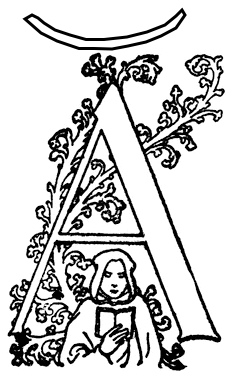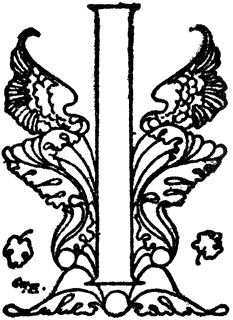On February 10, Asians and the Asian diaspora welcomed the Lunar New Year, marking the Year of the Snake. As I looked at the Vietnamese phrase for “Happy new year” — Chúc mừng năm mới — I was struck by the fact that all four of its vowel sounds are foreign to the English tongue.
A descendant of the Austro-Asiatic language family, Vietnamese took much of its vocabulary from Chinese and was written in Chinese characters until the French colonized Vietnam and established the Latin alphabet there. Vietnamese is a tonal language: its sonic terrain is hilly with rises and falls of pitch, craggy with tightenings of the throat. It is also monosyllabic, and yet it manages to pack a great deal of variety into its short words, thanks to the existence of eleven distinct vowels.
Here's a quick look at all eleven and how to say them — plus a few music videos to help you practice.
a: open-mouthed “ah.”
Phonetically transcribed [aː].
Ba = dad.
ă: like an “ah” that’s caught and clenched under the palate.
Phonetically transcribed [a].
Năm = five. At 0:28 in this video, nắng = sunshine. (The song is by the beloved songwriter Trịnh Công Sơn, once called the Bob Dylan of Vietnam.)
â: “uh,” or schwa.
Phonetically transcribed [ə].
Yên tâm = peace of mind.
e: an open “eh,” with the mouth more horizontal than ah.
Phonetically transcribed [ɛ].
Mẹ = mom.
ê: like the vowel in the French les.
Phonetically transcribed [e].
Bê = doll. At 0:32 in this video, đêm = night.
i / y: “ee.”
Phonetically transcribed [i].
Không khí = atmosphere.
o: mouth as open as it can be while still round.
Phonetically transcribed [ɔ].
Học trò = student.
ô: like “oh” but tighter mouth.
Phonetically transcribed [o].
Thành phố = city. At 0:34 in this video (another one by Trịnh Công Sơn), hồng = rose-colored.
ơ: like a schwa but more forward in the mouth, lips half-puckered.
Phonetically transcribed [əː].
Cám ơn = thank you.
u: “oo.”
Phonetically transcribed [u].
Dù = umbrella.
ư: halfway between an “oo” and an “ee.”
Phonetically transcribed [ɨ].
Chữ = letter, the kind that makes up the alphabet. At 1:34 in this video, thư = letter, the kind you put in an envelope.
Not only are there eleven Vietnamese vowels, but these vowels are more versatile than English ones: they can blend together in groups of two and even three. Way to make the most of a monosyllable! The best-recognized triphthong is in the Vietnamese surname Nguyễn, an arpeggio of u-y-ê. You pronounce the three vowels in rapid succession, slurred together, between two bookends of “ng” sounds. There’s quite a bit more to it than the common shortcut “Win.”
Among the sounds of any language, the vowel rings clearest in our hearing, especially as we age and lose access to those higher-frequency consonants. A vowel is the soul of a syllable, its center of gravity. In a monosyllabic language like Vietnamese, where syllables are more evenly weighted than in English, the vowel becomes the soul of an entire word.
In an upward-intoned “ắ” we see the slant of crystal sunlight, in a downward-intoned “ồ” we hear rose-colored rainfall, and in a rising “ế” we sense the crisp newness of Tết.















 A Black Balloon Publication ©
A Black Balloon Publication ©